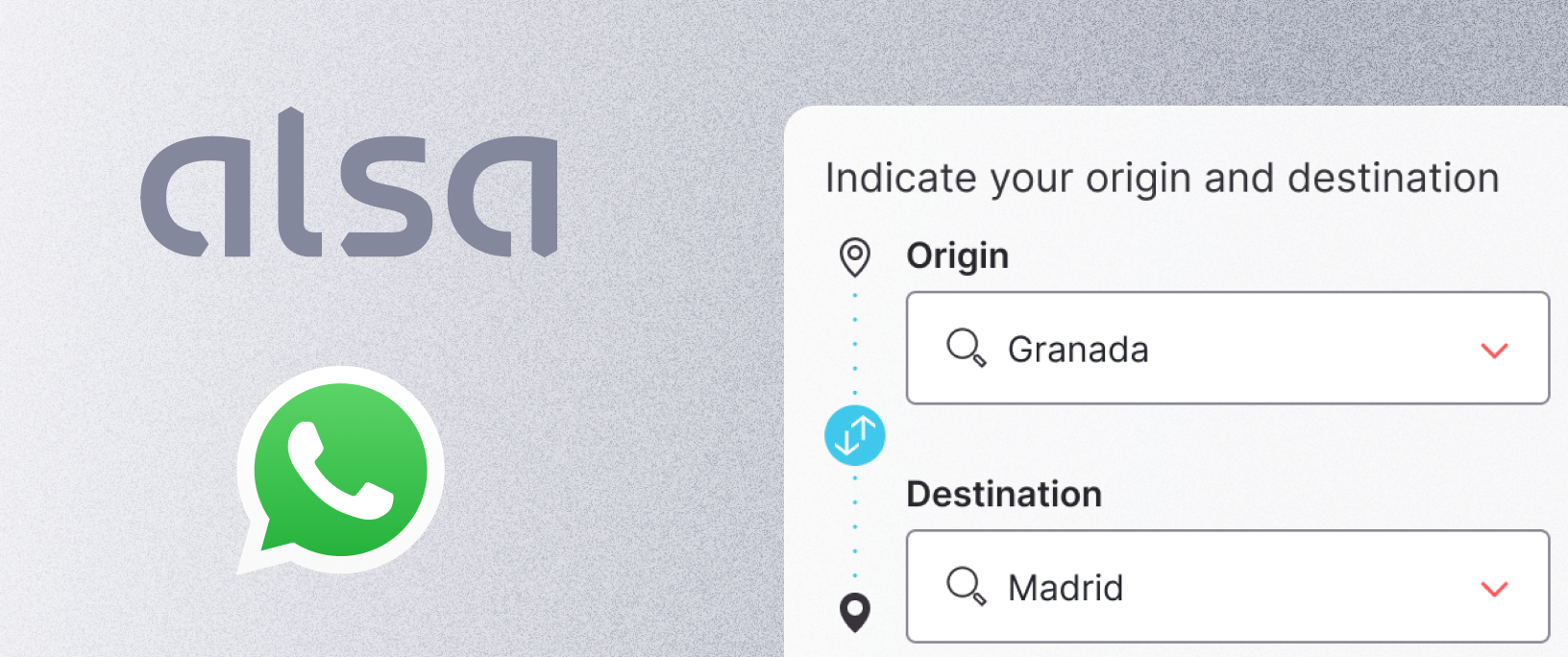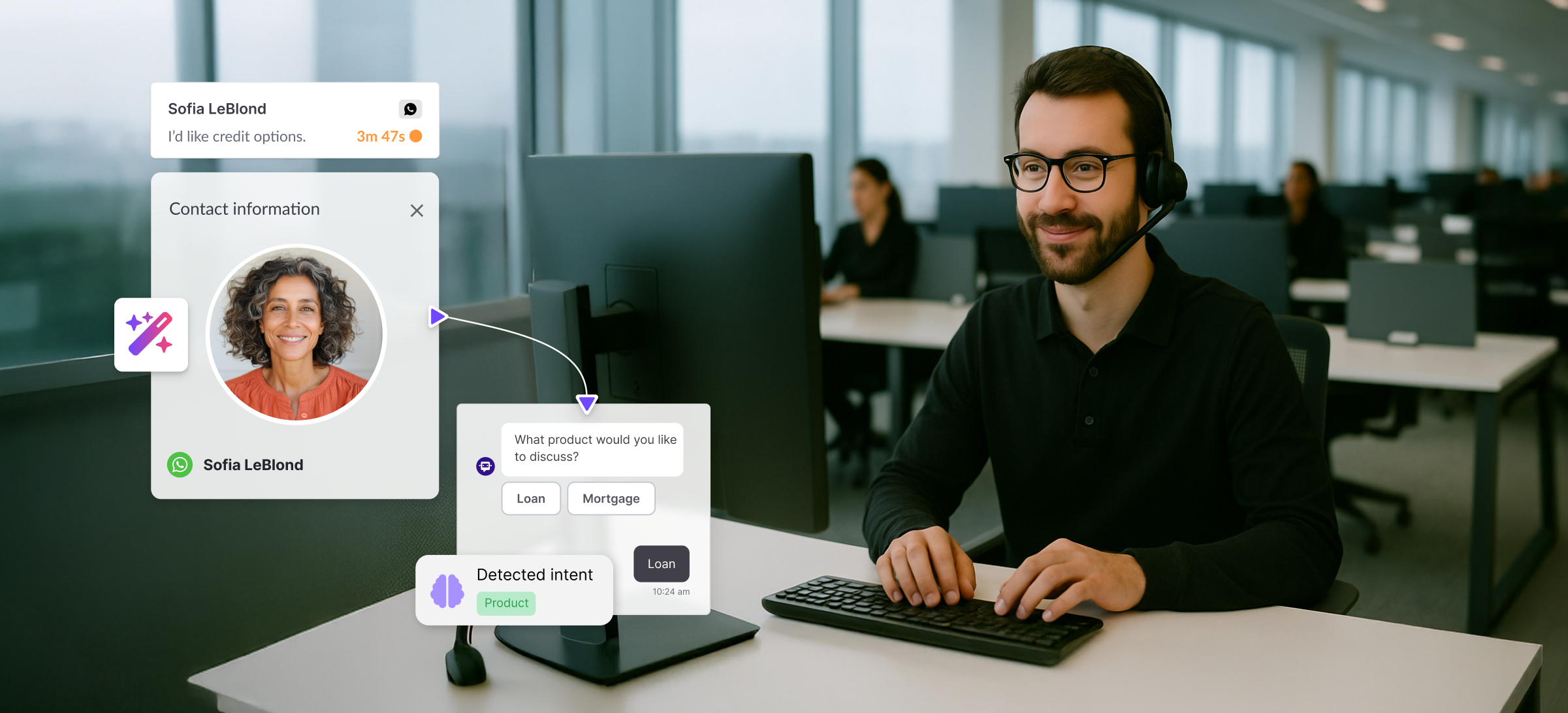Chatbots are driving the biggest shift in customer experience innovation. Let's look at which industries have the most to gain.

Customer experience innovation in travel
It's no surprise that fast, convenient service is particularly important for airlines and travel companies. They were among the first to move from web-based platforms to mobile applications.
Now, mobile flight updates, baggage claim information, and check-in reminders are all standard. But, chatbots still represent an opportunity for improvement.
Chatbots eliminate the process of searching through websites for destinations, tours, hotels, and flights. Instead, chatbots offer a simple and intuitive layout. They display the information customers want -- all the customer has to do is ask.
The chatbot serves as a personal travel agent with 24-hour accessibility, 365 days a year.
Chatbots in hospitality can be used to:
- Make reservations
- Manage expenses
- Get local insider information
- Make digital payments
- Store personal history and preferences
The result is a differentiated experience that leads to brand choice and loyalty. This is particularly important given that 67% of people want travel companies to personalise their communications. What's more, they want companies to use their previous travel information to help them make better travel decisions.
Improvements in food and beverage
With chatbots, your customers don't have to make a call to reserve a table. And, they can forget about waiting in long lines at the hostess stand. Chatbots are built to handle a range of tasks like answering FAQs, making reservations, ordering food and processing payments.
The chatbot carries out these tasks in a manner similar to chatting with a friend. Except this friend can manage experiences round the clock with no downtime.
Take, for example, Domino's chatbot. It re-orders member's previous orders, track orders, and provides estimated delivery times.
A person's Google account can be linked to a Domino’s account, making food orders possible from different devices. Customers can also order from the full menu without leaving Facebook Messenger.
Customer experience innovation in retail
Chatbots are the future of retail. Retail brands know that chatbots are the tool they need to bridge the gap between online and offline experiences.
Through chatbots, brands engage with their customers in a more conversational setting. They deliver personalised suggestions and promotions that drive revenue.
Well-designed chatbots have shown tangible results in retail customer experience innovation. Businesses enjoy high click-through rates, conversions, and Average Order Value (AOV) for online purchases. Chatbots successfully up-sell and cross-sell products in a way that feels more helpful than pushy.
Elevating the banking experience
Banking organisations use chatbots to reduce costs and serve increasingly tech-savvy consumers. The goal is to provide quick service and transactional support. For example, customers can check their balance, bank account details, loan status and more through a bot.
This frees up customer service representatives time for higher-value or more complex issues. The result is a better banking experience that improves the overall health of the organisation.
Improving media and entertainment
Chatbots complement the media landscape by creating new touchpoints and ways to consume content.
They provide personalised news, updates, and releases. For example, media outlets like CNN and Fox News have already launched their news chatbots on Facebook Messenger. These bots keep people informed in a fun and conversational way.
What's in store for chatbots in 2019 and beyond?
Chatbots are expected to save retailers, banks and healthcare organizations £8.6 billion annually within five years. Lucky for retailers, they'll be enjoying the lion’s share of the savings.
In addition, chatbots will continue to influence brand loyalty and choice. While chatbots may still be a novelty for some, they will soon become critical for companies to stay competitive.









.jpg)

